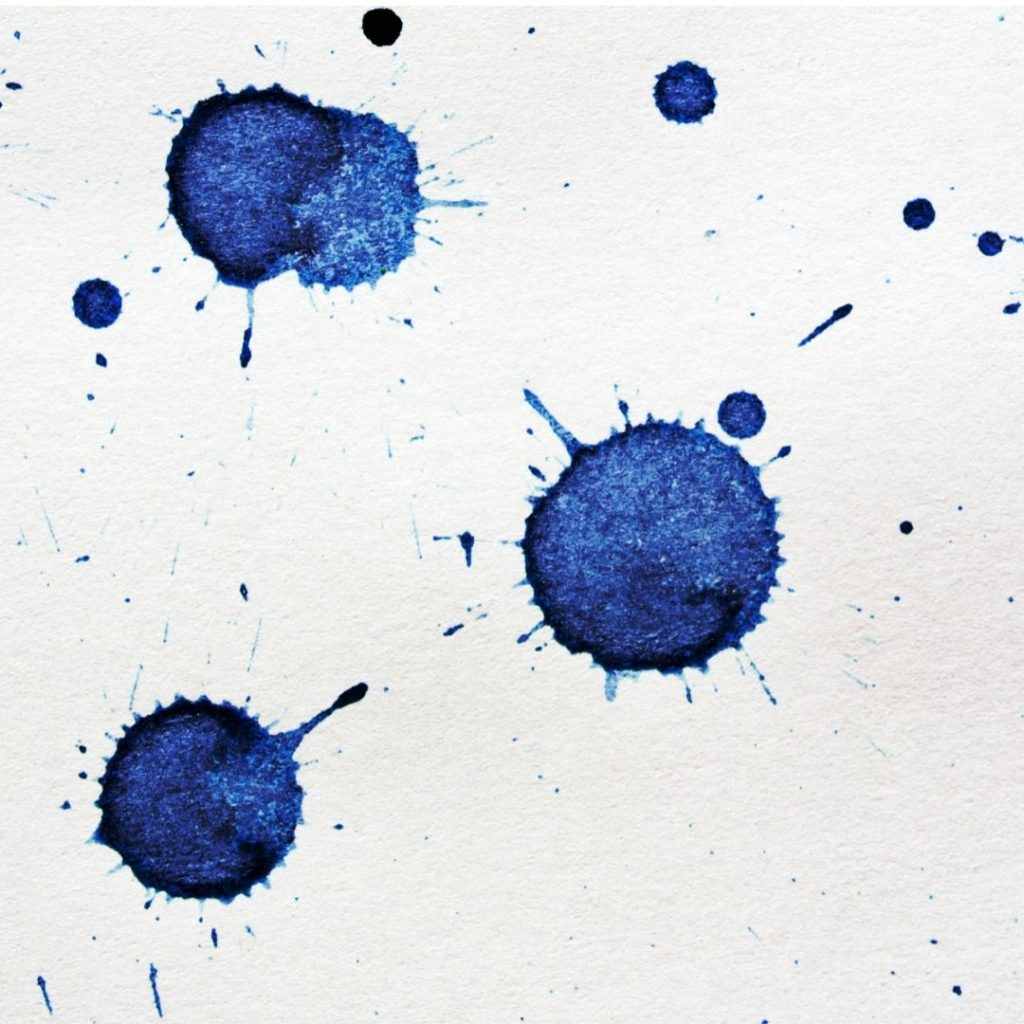When I was in college, I had to take an art appreciation class to fill a graduation requirement. I can remember at the time thinking it would be an easy “blow off” class. I had another thing coming to me. The teacher set forth a ridiculously hard curriculum that to this day, I shudder when recalling. However, many of his teachings have stuck with me over the years. Lately, I have been thinking about negative space. Negative space is the space around the art. Think of Stonehenge. Imagine yourself inside the circle of stones. You are in the negative space.
By now, if you are still reading, you may be wondering why an estate and trust attorney thinks about negative space. In my world, negative space is akin to what we have left when we strip away the planning documents.
A client who comes to me after a death generally will bring with them the will and possibly trust of the decedent. These documents give us touch points. They are in fact, the positive space, the art itself. The items that are not covered by these documents, the results of how we interpret these documents, that is the negative space. We live in that space surrounded by the documentation. When the documents are well drafted, being in the negative space is not “negative” at all. In fact, it is more of a protected harbor than a space. We know what to do, we know how to do it, we know what the assets are, who the beneficiaries are, what the intentions are and who is in charge. Being in this space is comforting in this time of loss.
When the family comes with no documents, the result is significantly different. The estate is governed by statutes that are drafted without reference to this particular person. The items that are not covered by statute, we interpret, stew over, argue about and litigate. The negative space is redolent with costs and time. At best, the negative space is a potentially expensive portal to the right result. At worst, the negative space is fraught with problems.
I took the art appreciation class with no thought to being an artist. After around thirty years of practice, I think more and more of what I do is an art form. I think that is why it is called the practice of law. I seriously doubt I will ever come close to perfection. I do not believe that my wills and trusts are legal master pieces. But there is art to those written words. In between the legalese, wrapped around the “now wherefores,” art lives.
In the negative space of where the documents end and where the families live after the loss of one of their members, we draft hoping to capture the essence of wishes, the flavor of a life. I am meeting with a client today to sign her estate plan. I have represented her before in the administration of an estate plan that was poorly drafted by a different attorney. We worked together in and out of court with siblings who were at odds. I doubt that this client feels she is going to an art museum today. But for me, my creation is on display. I am hoping that I have created a beautiful map for her and her family and friends. I am waiting for my gallery opening.
